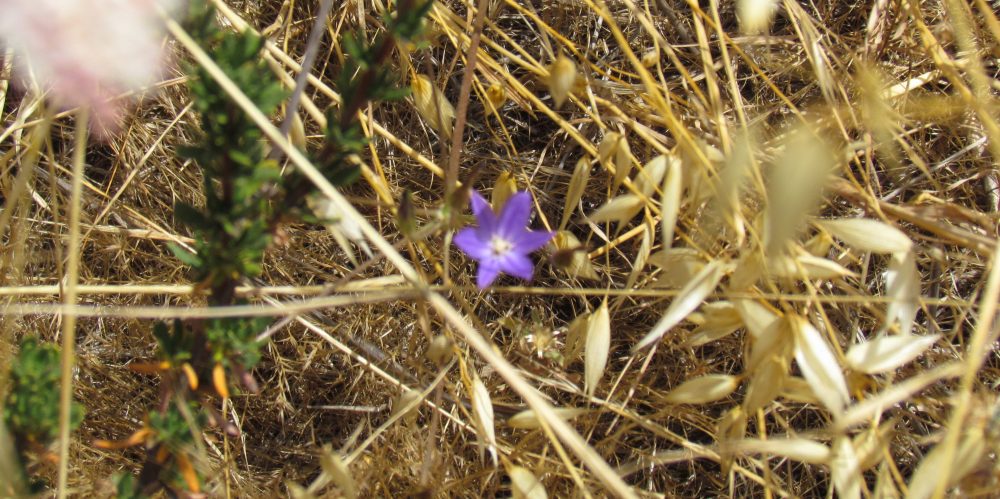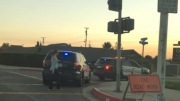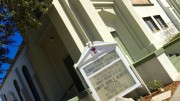The California Department of Fish and Wildlife, California Wildlife Foundation and the Sierra Club’s San Gabriel Valley Task Force registered great concerns with the proposed housing development that would displace natural resources in the Glendora Foothills.
Federally-protected plant species, such as the Brodiaea filifolia, would be significantly impacted, along with sensitive species like the prickly pear cactus scrub, oak woodland, walnut woodland, cactus wren habitat and land in the Bluebird Ranch preserve, the CDFW reported in its comments sent to the city.
The proposed development would bring 18 single-family homes and a 1.34-acre park to the Glendora foothills on 41.4 acres of land. Infrastructure for this project would require new roads, utilities, fuel lines, fire hydrants, water lines, booster pumps and sidewalks, in addition to equestrian and hiking trails.
Each home would be 17,221 square feet, necessitating 155,040 cubic yards of soil to be carved out of the project area.
The Draft Subsequent Environmental Impact Report published by the city in May 2016 reportedly fails to adequately identify the size of Brodiaea populations on Lot 14 of the proposed development, which could lead to the flower’s destruction beyond populations listed in the DSEIR. The report also does not identify the process to avoid or minimize impacts, the CDFW said in a letter to Glendora Planning Director Jeff Kugel dated August 5.

The purple Brodiaea Filifolia sits among parched chaparral in the Glendora foothills. File photo by Aaron Castrejon.
“Because the DSEIR and technical appendices use data that is not accurately depicting the known location and extent of the brodiaea populations, the results and recommendations cannot be considered accurate,” the CDFW said.
Surface hydrology analysis and drainage are also lacking in the report’s explanation of storm runoff from construction and its impact on Brodiaea populations. Removal of weathered volcanic material on the parent rock where Brodiaea are found would impact the plant, the CDFW said.
The DSEIR-proposed 50-foot buffer around Brodiaea populations is also inadequate, the CDFW said. Microclimate changes incurred by the heat island effect from the presence of concrete structures would affect the endangered flower.
“CDFW recommends avoiding development on Lots 13, 14, 15, 16, and 17. CDFW also recommends requiring a minimum buffer distance of 200 meters (656-feet), assuming this maintains the necessary surface hydrology, sub-surface hydrology, sun requirements, and supporting shrub/grassland,” the CDFW said.
Impacts to streams in the project area, including Mull Canyon Creek, are also not reportedly adequately investigated for potential impacts.
The CDFW is the state’s trustee agency regarding the fish and wildlife resources, maintaining jurisdiction over the conservation, protection and management of California’s wildlife habitats.
Glendora City Manager Chris Jeffers stated officials had an on-site walk with CDFW representatives, eventually requesting and receiving information on known Brodiaea mapping in the proposed construction area.
Jeffers told GCN he did not know who submitted comments regarding the proposed development since under CEQA law, all submitted comments will be evaluated and responded to by the city’s independent CEQA consultant team.
Terry A. Hayes Associates, Inc. is the consultant team which drafted the DSEIR.
The proposed development, if approved, would remove 176 mature oak trees, other trees and chaparral scrub species, said Janet Cobb, executive officer with the California Wildlife Foundation/California Oaks.
“California’s Oak woodlands and oak forested lands form an ecological backbone that sustains the economy and environment … the proposed Gordon Mull subdivision would destroy vital habitat in an area with very few parcels of remaining open space,” Cobb said in a letter to Jeff Kugel dated July 28.
Cobb calls the 18-home development “ill advised,” stating the removal of the oak trees would net many years of lost habitat, watershed function and carbon sequestration.
The San Gabriel Valley Task Force, Angeles Chapter of the Sierra Club also registered concerns of the proposed development.
The Task Force noted that seismic issues exist throughout 11 of the 18 proposed lots.
A portion of the Sierra Madre Fault cuts through two of the 18 proposed lots, the Task Force said. The State of California Seismic Hazards Zone Map noted the potential for earthquake-induced landslides and potential liquefaction during earthquakes during high groundwater periods.
The Task Force also takes issue with the impacts caused by heavy equipment during construction.
“The DSEIR indicates that vibrations from a vibrating roller during construction activities will impact adjacent residents at 309 Lone Hill Ave. to the extent that their homes could be damaged and may have to be repaired … Imagine your house shaking, with pictures possibly falling off the wall and articles on shelves jumping around during the day,” the Task Force wrote in a letter to Kugel.
The DSEIR includes two alternatives to the proposed development: a biological resource avoidance alternative which would maintain a 300-foot around populations of Brodiaea, eliminating seven of the 18 proposed lots. The second alternative would prevent the housing project from moving forward.
The Task Force desires a conservation alternative that protects natural and cultural resources.
Eventually, all comments will be packaged into a Final Subsequent Environmental Impact Report to be the basis for future public hearings and legislative action by the Planning Commission and City Council, Jeffers said.
The process for the independent CEQA consultant team to respond to all comments could potentially take six to eight weeks depending on the volume of content submitted during the comment period, Jeffers said.
“With this particular project application, the City of Glendora has undertaken significant efforts to be transparent and inviting for comments. From the outset, we set an extended time frame for public comment that was double the minimum time required by CEQA – we open the comment period for 90 days as opposed to the normal 45 day period,” Jeffers said.
Upon completion of responses, the FSEIR will be published for public review and formal hearings will begin. The public will have another 30-day period to review the FSEIR before initial hearings by the Planning Commission.








